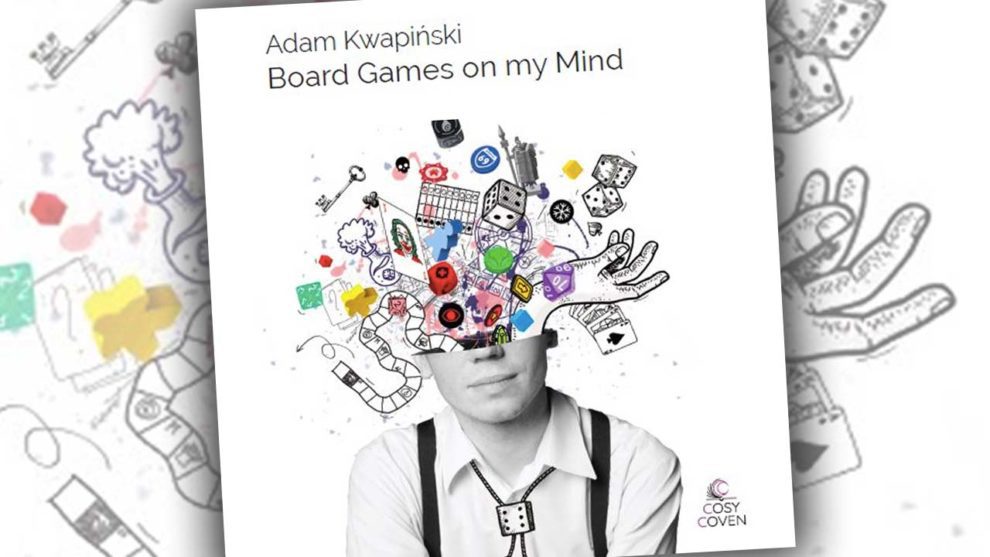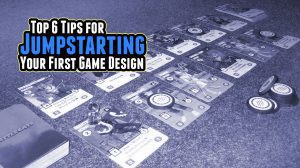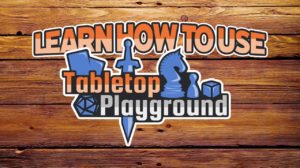Disclosure: Meeple Mountain received a free copy of this product in exchange for an honest, unbiased review. This review is not intended to be an endorsement.
Adam Kwapiński has designed such games as Nemesis, Lords of Hellas, Frostpunk, and Origins: First Builders. Now, he’s also a published author after penning Board Games on My Mind, a book about designing games. Kwapiński shares his experience in the board game industry, the challenges he faced, the strategies he used, and the lessons he learned along the way. The book publishers, Board&Dice, launches a crowdfunding campaign on Gamefound on May 30, 2023. The work appears specifically tailored for aspiring game designers, taking them through the process of initial concept, through prototyping, playtesting, and pitching publishers. Overall, I highly recommend the book for new designers.
The book provides a comprehensive overview of the game design process, from concept development and prototyping to playtesting to working with publishers. It emphasizes the importance of playtesting and iteration. In particular, Kwapiński lays out his own definitions of technical game design concepts such as choice, dynamics, and tempo. The game design theory portions of the book go into a level of depth that a new designer may find difficult to follow at first. However, game designers who reread the book after gaining more experience, would likely find it helpful.
Personally, I would like to see diagrams to illustrate some of the more complex concepts. I think most game designers are visual learners. The lack of graphics in the book makes the author difficult to follow at times.
While much of Board Games on My Mind focuses on design theory, the author devotes several chapters to describing the state of the board game industry. This combination of the technical and broad industry topics sets this book apart from other books on game design. Typically, board game design books focus on one topic or the other. I usually recommend new designers read both kinds of books. This is one of the reasons I recommend this book for new designers. They can learn about both topics for the price of only one book.
Kwapiński boldly shares his personal experience in the game industry and suggests a few ways to improve it. Most books avoid focusing on the author’s personal experience, instead using facts and figures to paint an objective picture of the industry. In a business where experiences vary from designer to designer, an author sharing his own personal experience runs the risk of pushing obsolete or misleading information onto the reader. But Kwapiński openly admits he is sharing his own personal experience and his own personal beliefs are not some kind of secret recipe for success. Furthermore, many of his experiences are widely applicable but surprisingly rarely talked about. For example, the author mentions success for new designers often depends on luck. I’ve seen many great new game designers with great games spend years looking for a publisher or putting together an exemplary Kickstarter campaign only to be thwarted by a set of unforeseen circumstances. The author’s honesty is refreshing and may serve to better connect the reader to him.
For the sake of completeness, I wish this book devoted a section on self-publishing through crowdfunding sites like Kickstarter or Gamefound, especially given the massive successes that many of Kwapiński’s own games have had on crowdfunding platforms. Many new designers are looking at self-publishing as an option to get their game out to the public. But the author advises against going this route. Personally, I disagree with his assessment. But his argument has merit and many share that point of view.
Fortunately, readers looking for advice on crowdfunding can find good advice on Meeple Mountain’s website with the articles titled “Board Game Kickstarter Marketing 101” and “What Makes a Great Kickstarter Campaign?”
New designers will find “Board Games on My Mind” very helpful as they begin to navigate the field of game design. Kwapiński provides personal but widely applicable views on the board game design industry. His explanations of technical concepts provide significant detail to get newbies through their first couple of designs. However, experienced designers seeking more detailed explanations on game design theory will likely need to find another book. The book’s real strength is how the author boldly shares his personal experiences. His honesty and insights can motivate both new and experienced designers in an industry where success can be more elusive than most people would like to admit. If you’re a new designer or an experienced designer who is a fan of Nemesis, Lords of Hellas, Frostpunk, and Origins: First Builders, I highly recommend backing the Gamefound campaign.










